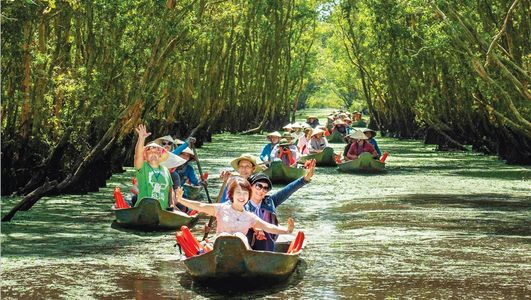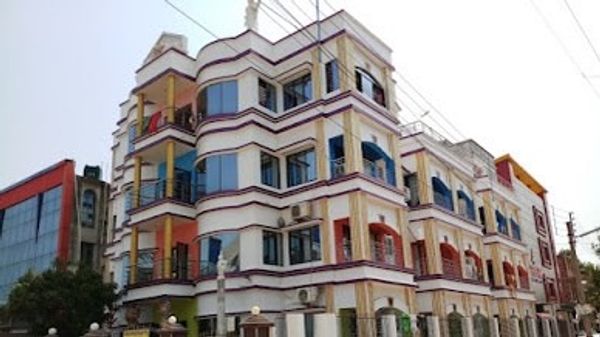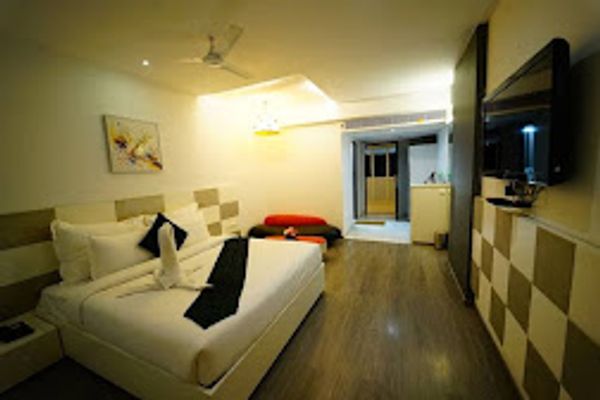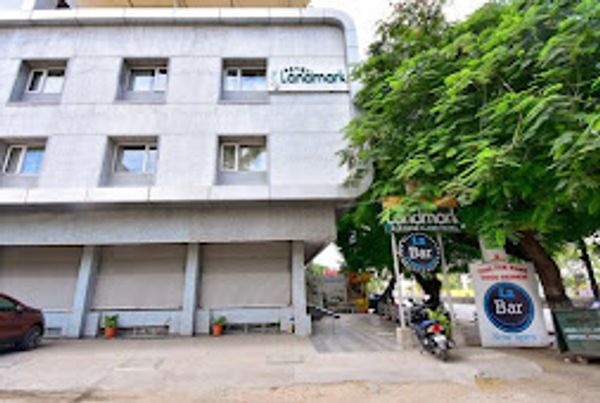Beyond the Beaten Path: Exploring the Authentic Mekong Delta
 Palakshi Meharwal
18 Aug, 2025
7 mins read
46
Palakshi Meharwal
18 Aug, 2025
7 mins read
46

The Mekong Delta Tour, often called the “Rice Bowl of Vietnam,†is a region that exudes both cultural richness and natural beauty. Stretching across the southern tip of Vietnam, this vast network of rivers, canals, and lush rice paddies is not only vital to the country’s economy but also offers travelers a window into a way of life that has remained deeply connected to the water for centuries. While many visitors opt for quick day trips from Ho Chi Minh City, the real charm of the Delta lies in venturing beyond the tourist trails and embracing the region’s authentic rhythms.
A Landscape Shaped by Water
The Mekong River begins its journey in the Tibetan Plateau, winding through six countries before spilling into the South China Sea. In Vietnam, its branches form the Delta—a fertile plain that produces more than half of the nation’s rice, along with tropical fruits, freshwater fish, and coconut products. According to the Food and Agriculture Organization (FAO), this area plays a critical role in global food security, exporting rice to more than 100 countries.
But the Mekong Delta is more than just an agricultural powerhouse. Its labyrinth of waterways supports floating villages, bustling markets, and a transport system that often relies on boats rather than roads. These waterways have also influenced local traditions, from river-based festivals to cuisine centered around freshwater catches and seasonal produce.
Beyond Floating Markets: Uncovering Hidden Experiences
Tourists often associate the Delta with the Cai Rang or Cai Be floating markets. While these remain fascinating cultural sites, they can sometimes feel commercialized. Travelers seeking authenticity can head to less-visited markets like Nga Nam in Soc Trang Province, where traders converge from five different canals, offering a glimpse of the region’s original trading culture.
Another rewarding experience is staying overnight in a local homestay. Provinces like Ben Tre, Vinh Long, and An Giang welcome visitors into family-run guesthouses where they can cycle through coconut groves, learn traditional cooking, or join early-morning fishing trips. These immersive experiences foster genuine connections and help support community-based tourism.
For those who enjoy nature, the Tra Su Cajuput Forest in An Giang is a highlight. A boat ride through its flooded mangrove forest reveals diverse birdlife, especially during the migration season. Meanwhile, Dong Thap Province is known for its lotus fields and bird sanctuaries, offering a serene counterpoint to the Delta’s bustling markets.
Cultural Encounters and Local Heritage
The Mekong Delta is also a melting pot of cultures, with significant Khmer, Cham, and Chinese communities adding to the region’s vibrancy. Pagodas such as the Doi Pagoda in Soc Trang (famous for its resident bat population) and the Khmer pagodas scattered across Tra Vinh offer insight into this diversity. Visitors may encounter festivals like Ok Om Bok, the Khmer moon-worshipping ceremony, or watch a traditional water-puppet performance rooted in rural folklore.
Cuisine is another pathway into the Delta’s heart. Dishes like hu tieu My Tho (a rice noodle soup), banh xeo (crispy rice pancakes), and tropical fruits like rambutan and mangosteen reflect both the abundance of the land and the ingenuity of local cooking traditions. Food tours, especially those led by locals, can add a memorable layer to a journey through the Delta.
Responsible Travel in the Mekong Delta
As the Delta grapples with challenges such as rising sea levels and soil salinity caused by climate change, responsible travel has become increasingly important. Choosing eco-friendly accommodations, supporting family-owned businesses, and avoiding single-use plastics can make a meaningful difference. Several organizations in the region also promote sustainable tourism by involving local communities in conservation projects, such as mangrove reforestation efforts in Ca Mau.
Planning Your Journey
The best time to visit the Mekong Delta is during the dry season, from December to April, when boat trips and cycling excursions are more enjoyable. However, the rainy season (May to November) has its own charm, with lush greenery and seasonal festivals such as the Flooding Season Festival in An Giang.
Travelers can reach the Delta from Ho Chi Minh City by bus, car, or guided tours. To truly experience the region, it is advisable to spend at least two to three days exploring multiple provinces rather than limiting the trip to a single destination.
Final Thoughts
Exploring the Mekong Delta beyond the beaten path reveals more than scenic waterways—it offers a chance to connect with traditions, people, and landscapes shaped by centuries of coexistence with the river. By slowing down and choosing authentic, community-centered experiences, travelers not only enrich their journeys but also contribute to preserving the cultural and environmental heritage of this extraordinary region.
Written By:
Palakshi Meharwal



Hotels at your convenience
Now choose your stay according to your preference. From finding a place for your dream destination or a mere weekend getaway to business accommodations or brief stay, we have got you covered. Explore hotels as per your mood.


